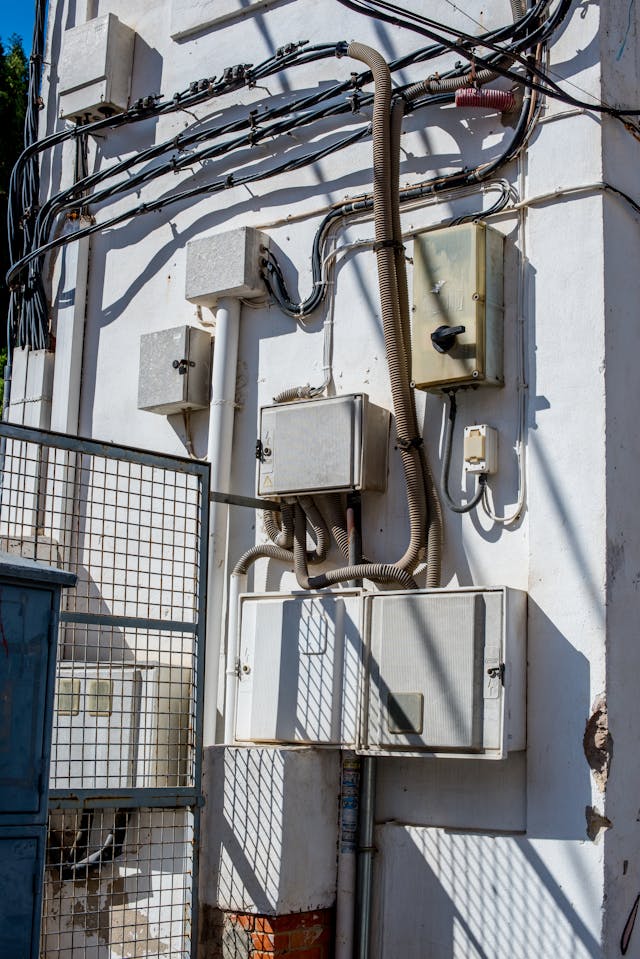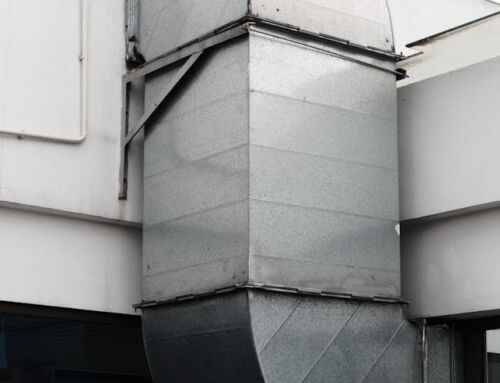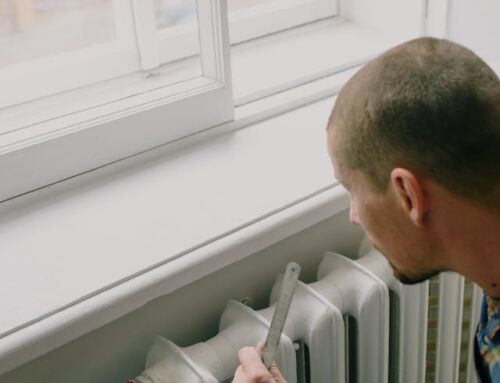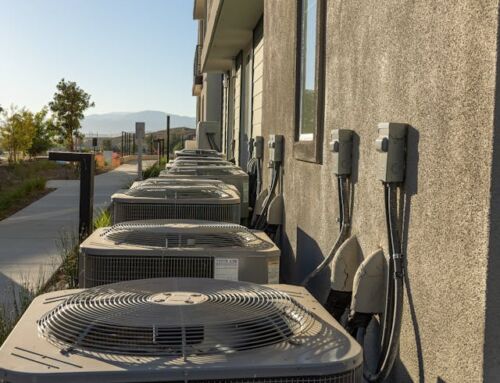Auckland’s hot summers can make your home feel uncomfortable. Traditional air conditioning systems might not always cut it, especially in larger homes or spaces with unique layouts. That’s where VRF systems come in.
VRF, or Variable Refrigerant Flow, is a sophisticated air conditioning system that offers precise temperature control and energy efficiency. Unlike traditional systems, VRF uses a single outdoor unit connected to multiple indoor units. This allows you to customize the temperature in different rooms, ensuring optimal comfort throughout your home.
In this article, we’ll delve into the pros and cons of VRF systems, helping you decide if it’s the right choice for your home in Auckland.
What is a VRF System?
Unlike traditional split systems with individual units for each room, a VRF system utilizes a single outdoor unit connected to multiple indoor units via a network of refrigerant piping. This intelligent system precisely controls the refrigerant flow to each indoor unit, allowing for independent temperature control in different zones of your home.
Why Consider a VRF System?
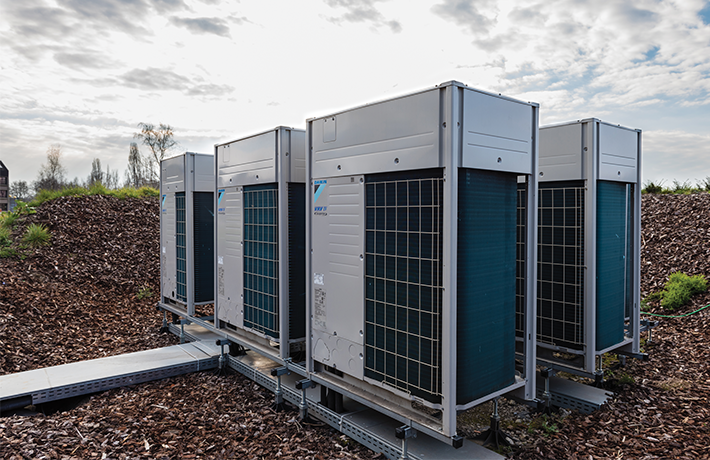
VRF systems offer several unique advantages that make them a compelling choice for many Auckland homes:
Unmatched Comfort and Flexibility
VRF systems offer unparalleled comfort and flexibility by allowing you to precisely control the temperature in different areas of your home. This is especially beneficial for homes with multiple floors or open-plan layouts. With VRF, you can create customized comfort zones, ensuring that each room is at the ideal temperature, regardless of external conditions.
Superior Energy Efficiency
One of the key advantages of VRF systems is their exceptional energy efficiency. Unlike traditional air conditioning systems, which operate in an on/off cycle, VRF systems utilize inverter technology. This technology allows the compressor to adjust its speed to match the cooling or heating demand, resulting in significant energy savings. By eliminating unnecessary energy consumption, VRF systems can significantly reduce your monthly utility bills.
Discreet and Stylish Design
VRF systems are designed to be both efficient and aesthetically pleasing. The outdoor unit is compact and can be discreetly placed outdoors, minimizing visual impact. The indoor units come in various styles, including wall-mounted, ceiling-concealed, and floor-standing units, allowing you to choose the best option for your home’s interior design.
Quiet Operation
VRF systems are renowned for their quiet operation. Advanced soundproofing techniques and inverter technology contribute to minimal noise levels, ensuring a peaceful and undisturbed living environment. This is particularly important for bedrooms and living areas where quietness is essential for relaxation and sleep.
The Downsides of VRF Systems
While VRF systems offer many advantages, it’s important to consider their potential drawbacks:
Higher Initial Cost
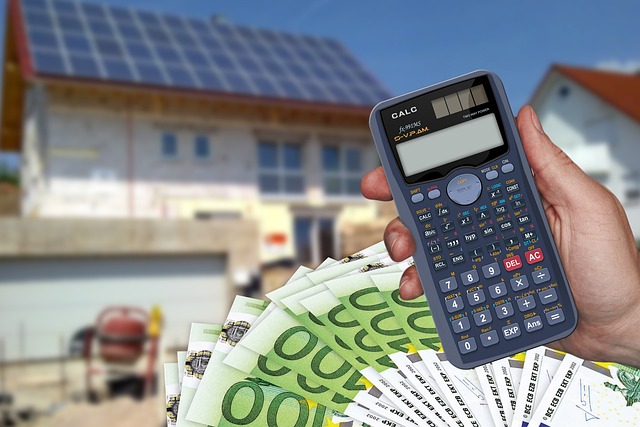
VRF systems are generally more expensive to install than traditional split system air conditioners. The complex installation process, which involves specialized equipment and skilled technicians, contributes to the higher initial cost. Additionally, the cost of the VRF system itself, including the outdoor unit and multiple indoor units, can be higher than a standard split system.
Complex Installation
The installation of a VRF system requires careful planning and execution. The refrigerant piping and wiring must be properly installed to ensure optimal performance and energy efficiency. Any mistakes during installation can lead to reduced system performance, increased energy consumption, and potential system failures.
Maintenance Requirements
VRF systems require regular maintenance to ensure optimal performance and longevity. This includes cleaning filters, checking refrigerant levels, and calibrating the system. Neglecting regular maintenance can lead to reduced efficiency, increased energy consumption, and potential breakdowns. While the maintenance requirements for VRF systems are similar to other HVAC systems, the complexity of the system may necessitate specialized technicians for certain tasks.
Choosing the Right VRF System for Your Home in Auckland
When selecting a VRF system for your home, several factors should be considered to ensure optimal performance and energy efficiency:
Home Size and Layout
The size and layout of your home will significantly impact the capacity of the VRF system required. Larger homes with multiple floors and rooms may require a more powerful system to maintain comfortable temperatures throughout. It’s essential to accurately assess your home’s specific needs to avoid undersizing or oversizing the system.
Energy Efficiency
Energy efficiency is a crucial factor to consider, especially in light of rising energy costs. Look for VRF systems with high Seasonal Energy Efficiency Ratio (SEER) ratings. These systems are designed to operate efficiently, reducing energy consumption and lowering your utility bills. Additionally, inverter technology, which allows the system to adjust its capacity based on the cooling or heating demand, can further enhance energy efficiency.
Noise Levels
Noise levels are an important consideration, particularly for bedrooms and living areas. Opt for VRF systems with advanced soundproofing technology and low-noise operation. This will ensure a peaceful and quiet indoor environment, undisturbed by the operation of the air conditioning system.
Installation and Maintenance
Proper installation and regular maintenance are crucial for optimal performance and longevity. Hiring a qualified HVAC technician, such as those at Prolectrix, can ensure that your VRF system is installed correctly and efficiently. Regular maintenance, including filter cleaning and system tune-ups, can help maintain peak performance and extend the system’s lifespan.
Conclusion
VRF systems offer a sophisticated and efficient solution for climate control in Auckland homes. By understanding the pros and cons and carefully considering your specific needs, you can make an informed decision. Remember, a well-designed and properly installed VRF system can significantly enhance your home’s comfort, energy efficiency, and overall value.

